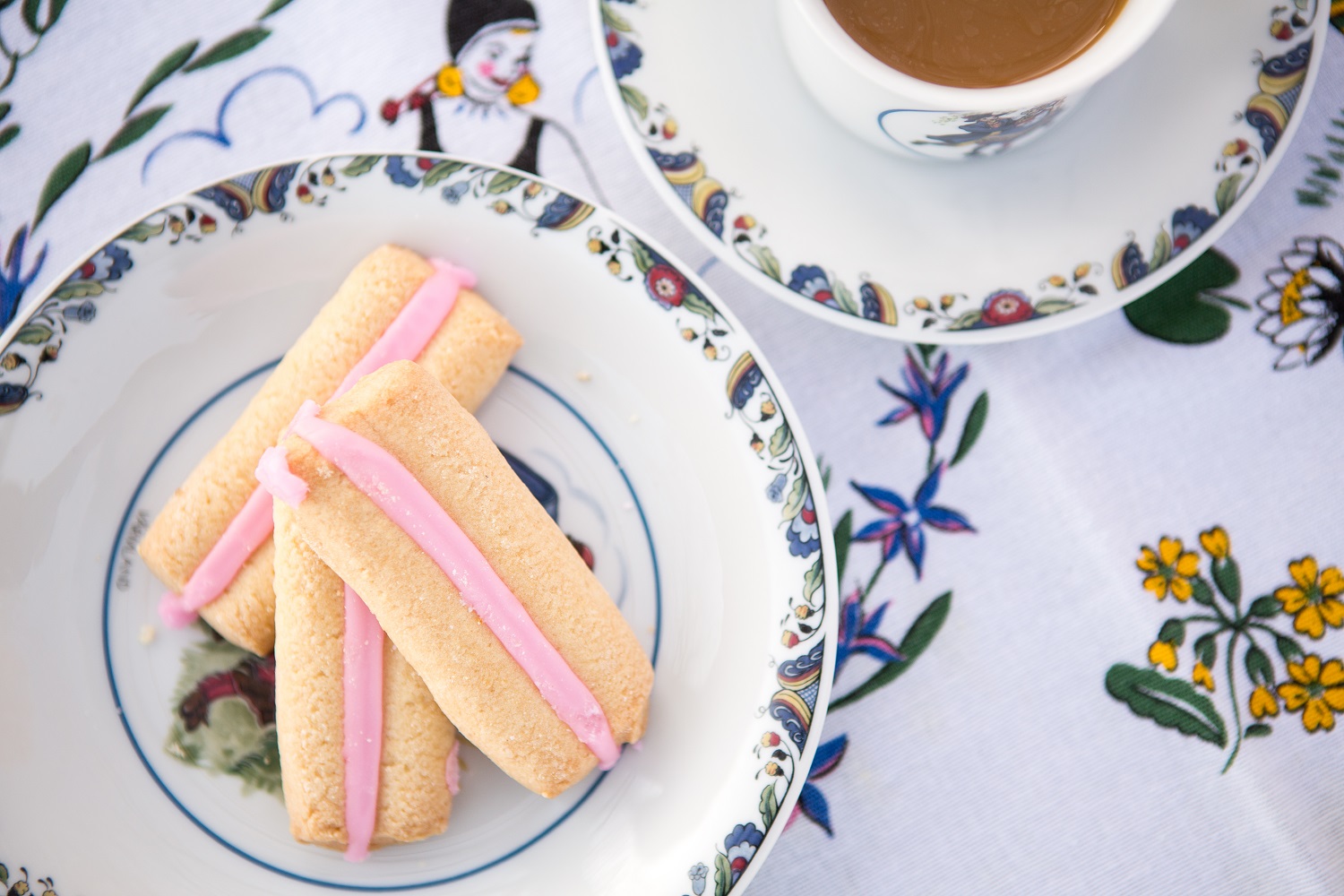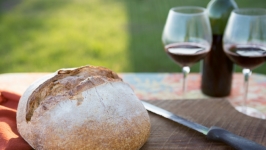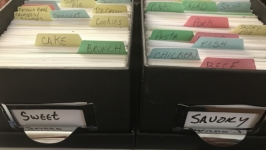Swedish Fare
When the restaurant Noma opened in Copenhagen in 2003, eventually becoming known as one of the world’s best restaurants, it kindled a revolution in Scandinavian food in big cities like New York, bringing new ingredients and dishes to a food scene hungry to know more about Northern European cuisine.
Until then, the breadth of most people’s knowledge of Swedish food came from Ikea, where more than two million meatballs are sold each year across their more than 350 worldwide locations. Those meatballs might be categorized under the heading of “comfort food” and they inhabit the adjectives people often assign to Scandinavian food and décor: spare, minimalistic and sometimes austere.
But Swedish food can be so much more than meatballs and herring. And while the Western New York area doesn’t employ a famous Swedish chef or boast a trendy Swedish restaurant, it would be fair to say that Jamestown is an epicenter of Swedish fare in this part of the country. It’s not unusual to find a platter of korv (Swedish sausage made with ground pork, beef onions and potatoes) at your neighbor’s party at Christmastime.
When the Swedes began immigrating to Jamestown in the 1850s, along with their reputation for physical strength and woodworking skills, they brought cultural traditions and recipes from home. Today, you can still find a vibrant Swedish community holding tightly to the strings of the past and people by the last name of Johnson looking for lingonberry jam on store shelves.
One place they’d find it is Peterson Farm. The farm market has been in business for 60 years and the farm has been family-owned and -operated for more than a century. Peterson’s provides Scandinavian foods and specialties for the large Nordic population in Jamestown, including traditional korv, crisp breads, Swedish pearl sugar, and a variety of lingonberry products including preserves and a delicious lingonberry drink concentrate.
Peterson’s is proof that the foods of Scandinavia are still an important part of the Southern Tier table. They make their korv year round; at Christmas, the shop is flooded with orders for traditional Swedish fare—even mailing the sausage to all corners of the country so people who've left the area won’t miss out during the holidays.
Traditional Swedish cooking is rather simple compared to more complex European cuisines (like French), but it has its own gastronomic flair and presentation. It was the Swedes who started the “bread and butter table,” a collection of foods presented all at once, as in a smorgasbord. During the holidays, Peterson Farm presents its own bread and butter table with traditional fare including Swedish meatballs, julskinka (Christmas ham), yellow pea soup, rotmos (mashed potatoes and rutabaga) and alcohol-free glogg.
Sweden is surrounded by water, so it’s no surprise that fish is a staple in the Swedish diet, although less so in Western New York. Still, you might find a variety of herring—pickled or otherwise—on the tables of locals with Scandinavian roots or on the shelves at local stores and markets.
It’s not fancy new Scandinavian cuisine that excites people from the Jamestown area; it is the warm and fuzzy traditional dishes that conjure up memories from childhood. At Ecklof Bakery, the traditional Swedish rye bread is a time-honored tradition—not surprising, since no true Swedish meal is complete without it.
This Scandinavian scratch bakery is a supplier of traditional sweets and a purveyor of memories. Their “pink stripe” shortbread cookies are synonymous with childhood and their goodies have supplied the treats for many a fika, Swedish for coffee break. Fikas are not just opportunities to drink coffee, but also to socialize and enjoy something sweet.
Many traditional baked goods from Sweden were created to accompany the fika. Pastries, cake, cookies and buns are still common treats for Swedes and Ecklof is the prized appeaser of the local sweet tooth. They like to remind people during the holidays, too, to stop in and pick up their spices for glogg, a sweet mulled wine made with a potpourri of spices and red wine, port and brandy.
Popular during Christmastime, glogg is thought to raise the body temperature—something people from Western New York can appreciate during cold winter months. The first Swedes arriving to the area during the 1850s must have felt right at home in our climate and glogg quickly became a beloved staple here, too.
The people of Jamestown are proud of their Swedish heritage, and festivals, annual Swedish markets, and learning opportunities at the local community college are a testament to the strength of their Nordic roots. You can still find traditional dishes on restaurant menus here—like potato pancakes with sour cream and applesauce—and you still see pages of Johnsons and Andersons in the local phone book.
The passing of culture is often handed down by way of food—and that’s what continues to define this area of New York 160 years after the Swedes arrived and unpacked their recipes and traditions. Perhaps the Swedish culture is not as prolific as it once was, but the good news is that it is still firmly here.








